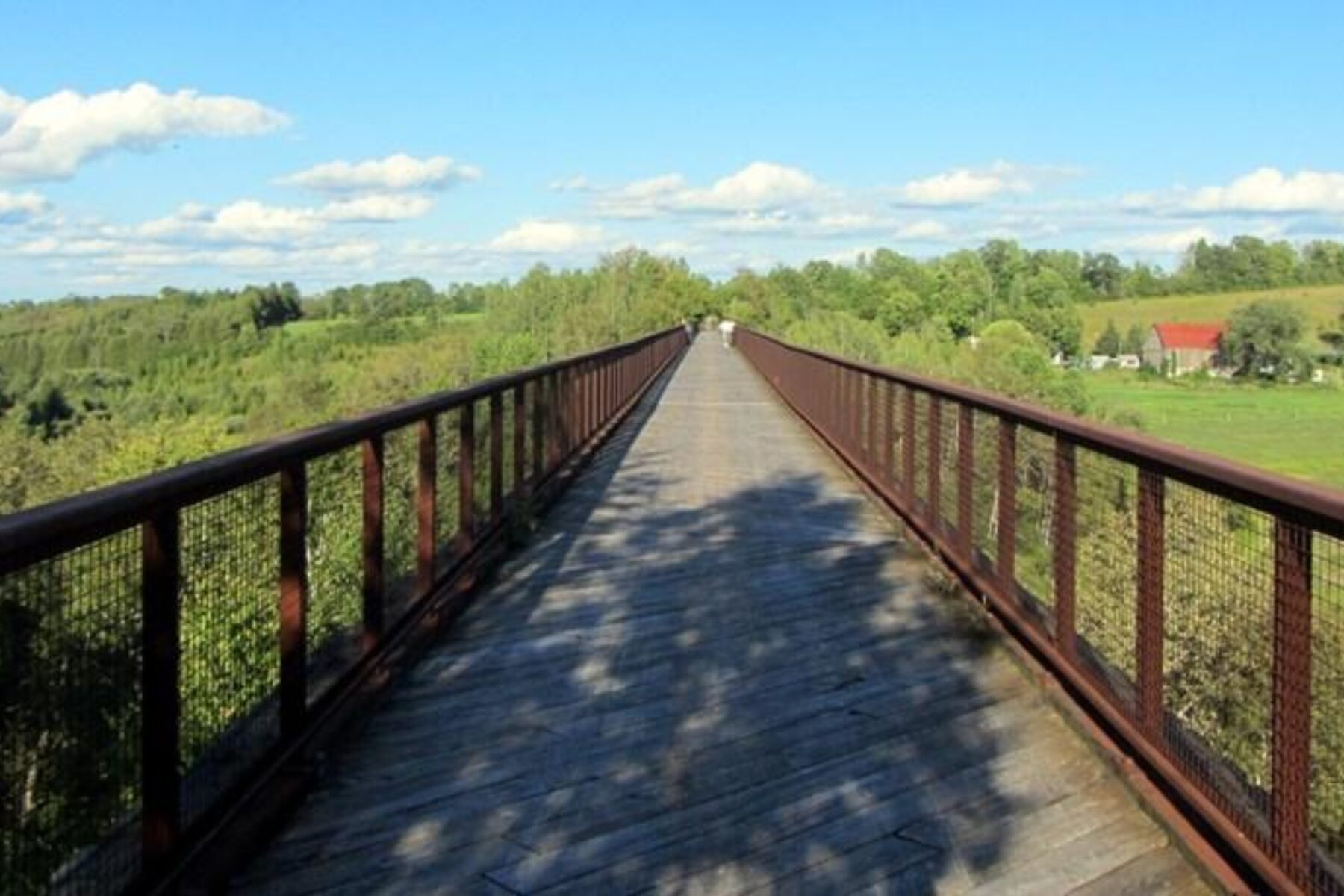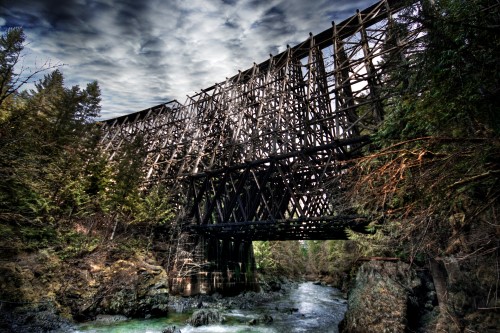Discover the Trans Canada Trail

This article originally appeared on Momentum Mag on July 22, 2015.
Stretching from the Atlantic coast of Newfoundland to the Pacific coast of British Columbia, the Trans Canada Trail winds its way across mountains, plains and rainforest.
Stretching from the Atlantic coast of Newfoundland to the Pacific coast of British Columbia, the Trans Canada Trail winds its way across mountains, plains and rainforest—a bike-friendly slice through Canada’s beautiful landscape. As one of the world’s longest networks of multiuse trails, the Trans Canada Trail connects nearly 500 individual trails across the country, building a magnificent piece of Canadian heritage.

In 1992, the creation of the trail was announced in celebration of Canada’s 125th anniversary, and in February 2000, the trail was officially opened. Fifteen years later, 80 percent (more than 20,000 kilometers) of the proposed 24,000-kilometer route has been completed—funded largely by donations, partnering organizations, and both federal and provincial governments.
The Trans Canada Trail is a community-based project that is the result of working with local organizations that own, operate and maintain specific trail sections across Canada. Summed up by the nonprofit Trans Canada Trail organization, “The Trans Canada Trail is truly a gift from Canadians to Canadians.” That’s evident from the amount of funding and number of volunteer hours that has gone into this project since its inauguration.
There are countless, exciting trips to take along the trail—suitable for day trips or multiday excursions. On Vancouver Island, British Columbia, the Cowichan Valley Trail takes you across the newly restored Kinsol Trestle, a 44-meter-high, 187-meter-long walkway, which is one of the largest and highest timber trestle bridges remaining in the world. The four-season Kawartha Trans Canada Trail in Ontario runs along an abandoned rail line. Along the east coast, the Sentier Mestashibo trail in Quebec links the Jean-Larose Falls to the Saint-Ferréol-les-Neiges church, following the scenic Sainte-Anne-du-Nord River for nearly the entire route.
RELATED: The Minuteman Bikeway (A Revolution on Two Wheels)
While some sections of the trail are only accessible for walkers and hikers (and a few only for experienced hikers!), there are still many long, spectacular routes that are suitable for people on bikes. The Kettle Valley Rail Trail in British Columbia’s Okanagan Valley—Canada’s response to Southern California—winds through the sun-drenched hills, vineyards and lakefronts of British Columbia’s driest region. Or cycle along the decidedly easier, flat, paved Battleford Trail, coasting across the famous Canadian prairies in North Saskatchewan. For a wilder ride, the Newfoundland T’Railway trail is a gravel path running from Port aux Basques all the way to St. John’s. With nearly 20,000 km of trail to explore, there is certainly something for every interest and ability.
Piecing parts of Canada’s history together, trail by trail, the Trans Canada Trail has set a goal to connect coast to coast by 2017, the 25th anniversary of the trail and Canada’s 150th anniversary. Much of the yet-to-be-completed Trans Canadian Trail runs through mainly unpopulated, challenging terrain and will take the continuous support and dedication from donors and volunteers to make it happen.
Explore trail maps, learn about historical landmarks, and donate to help complete the Trans Canada Trail on their website: tctrail.ca.
This article originally appeared in 2014 and has since been updated.

Donate
Everyone deserves access to safe ways to walk, bike, and be active outdoors.


